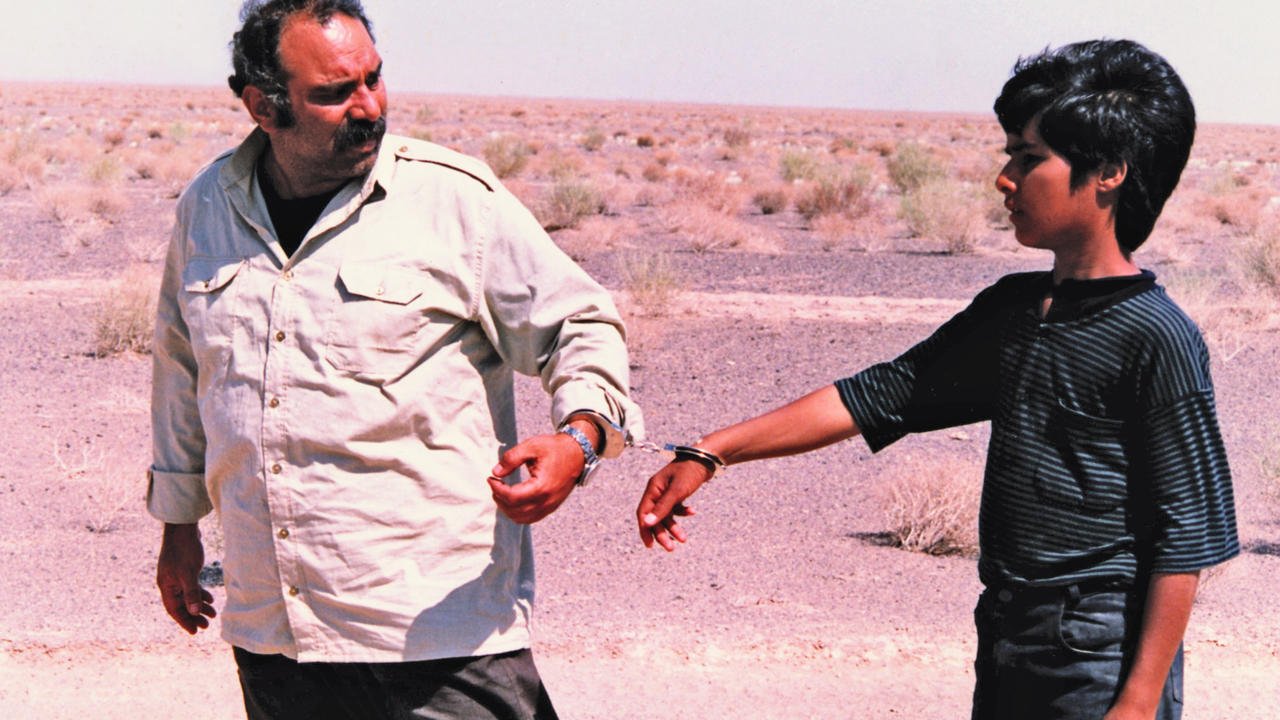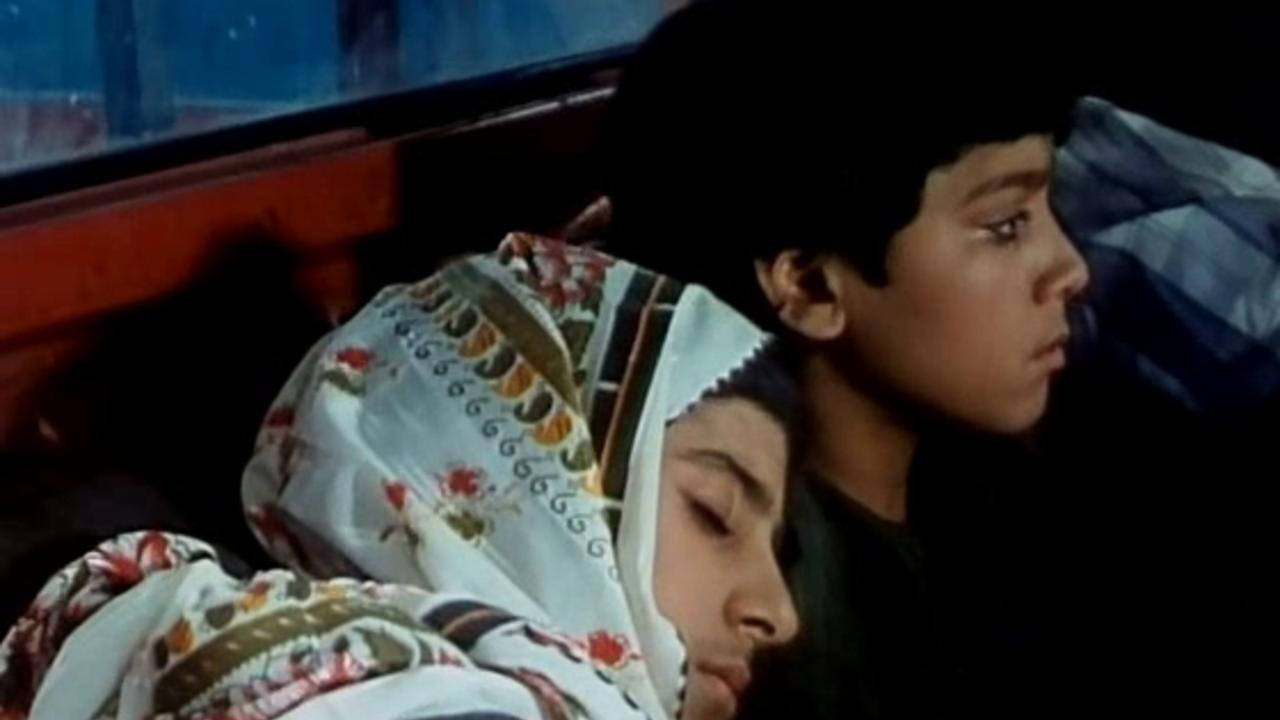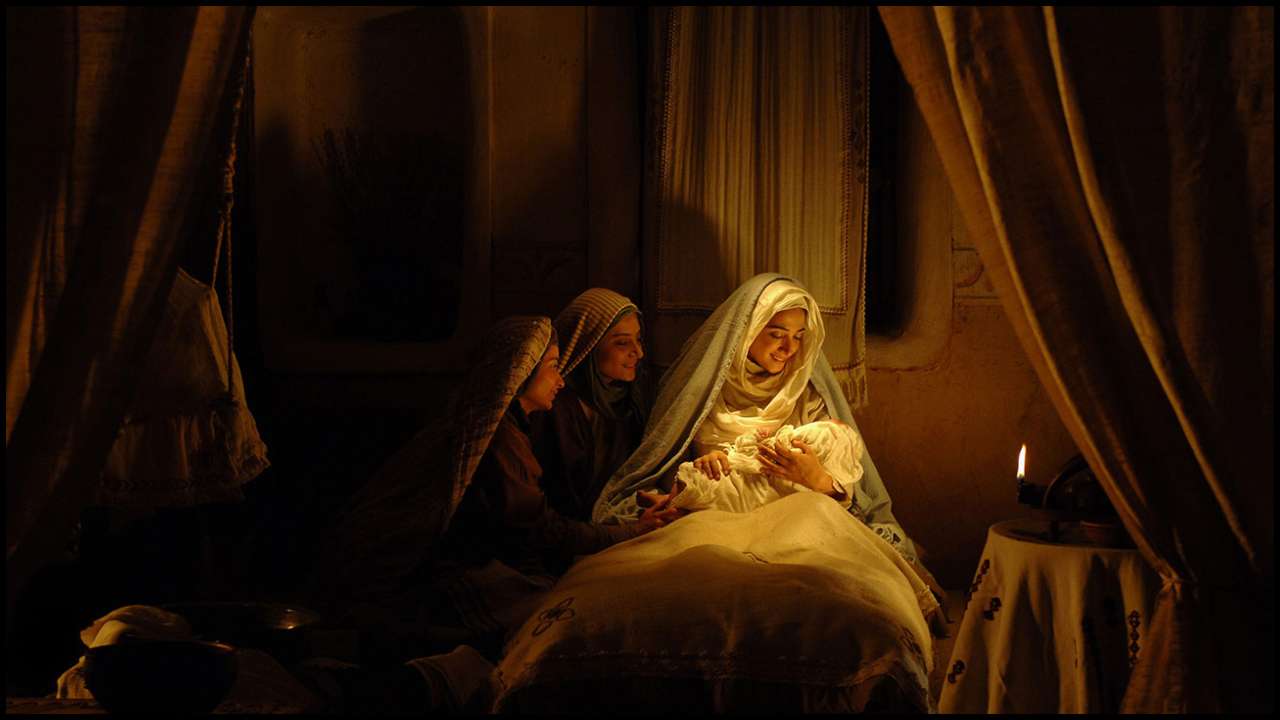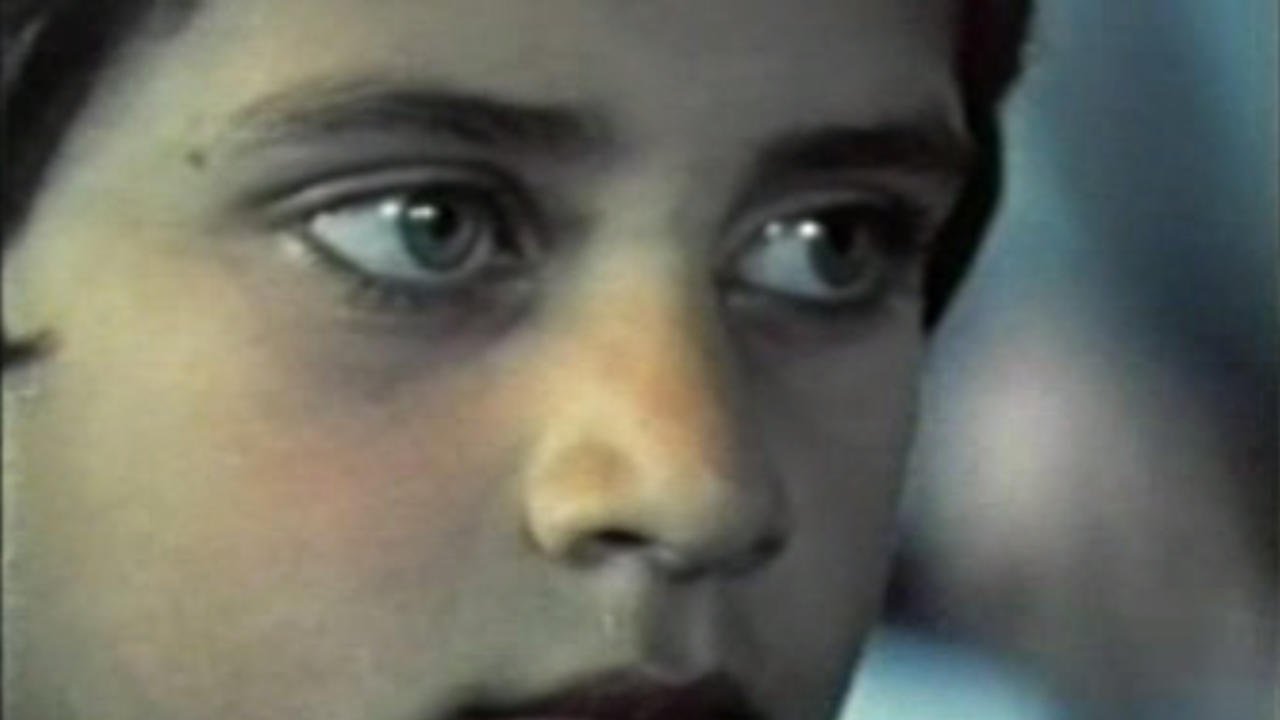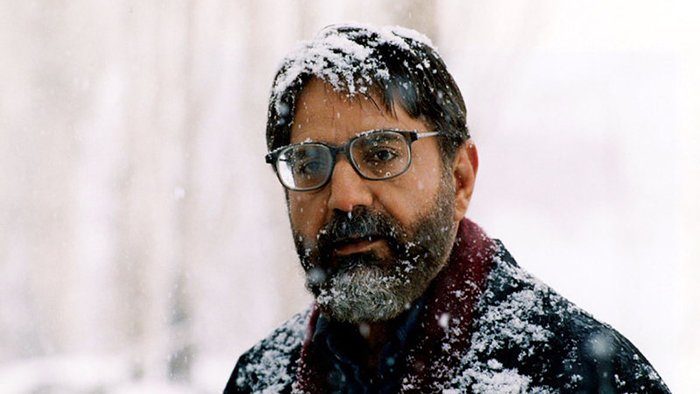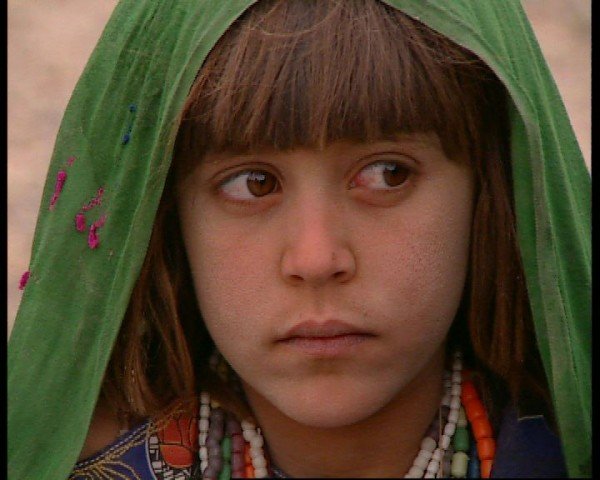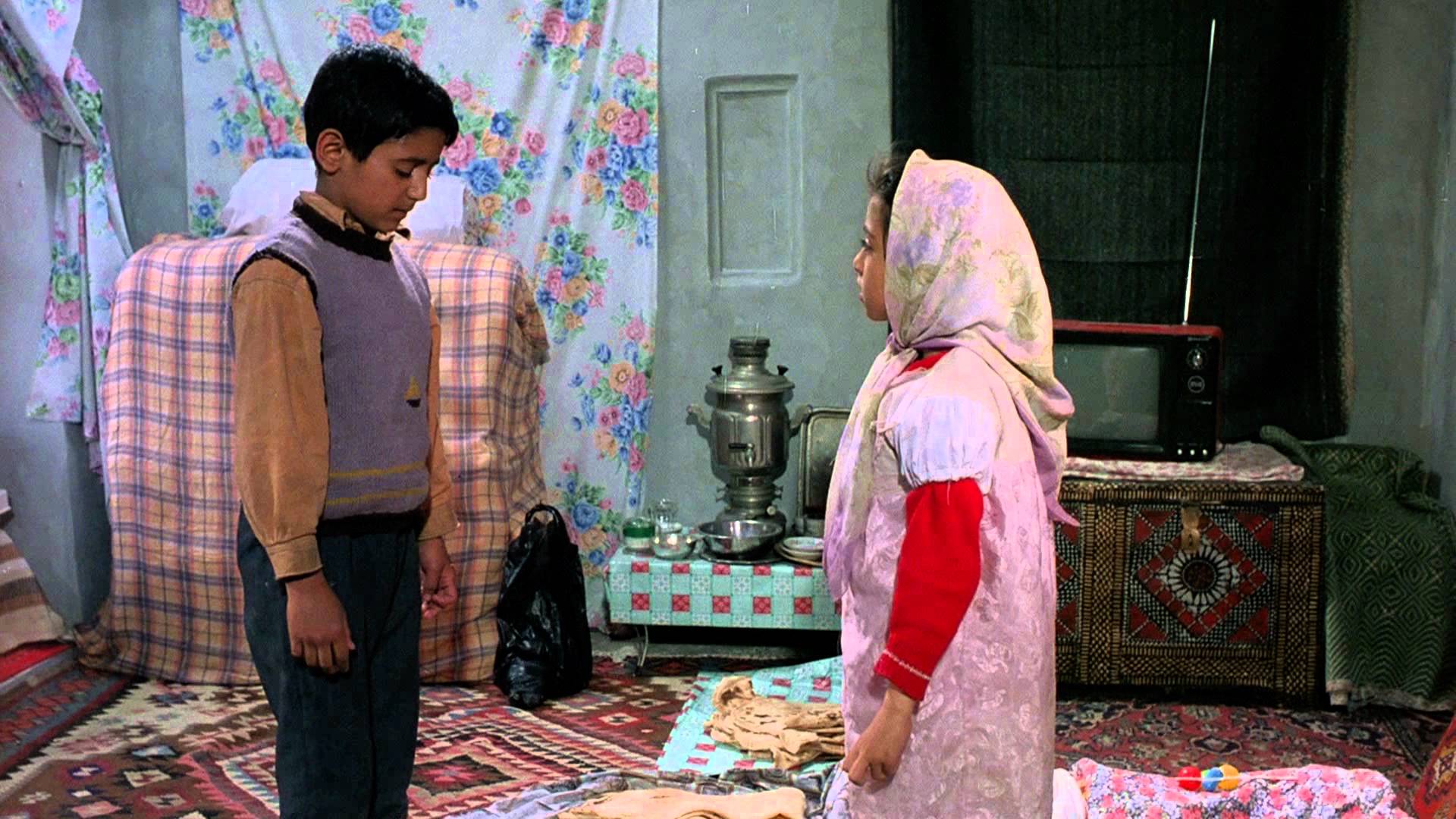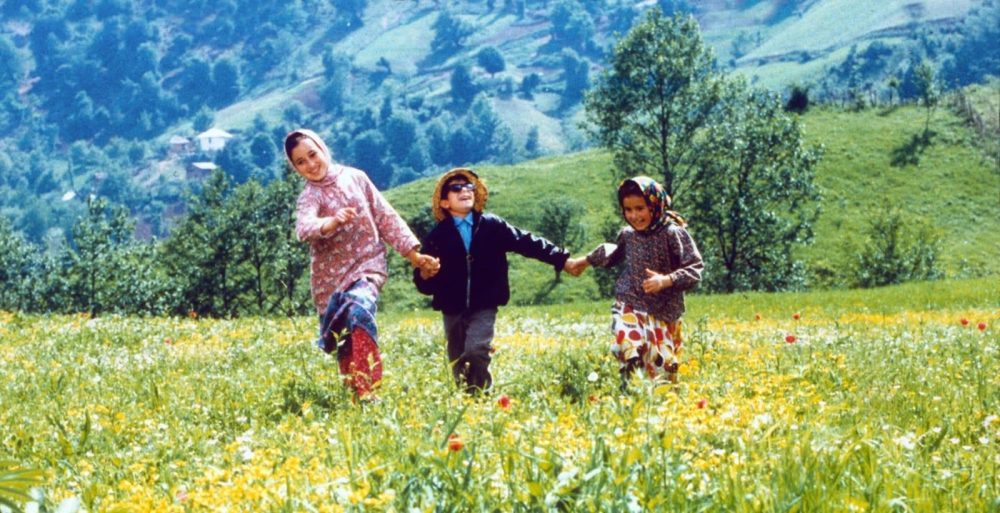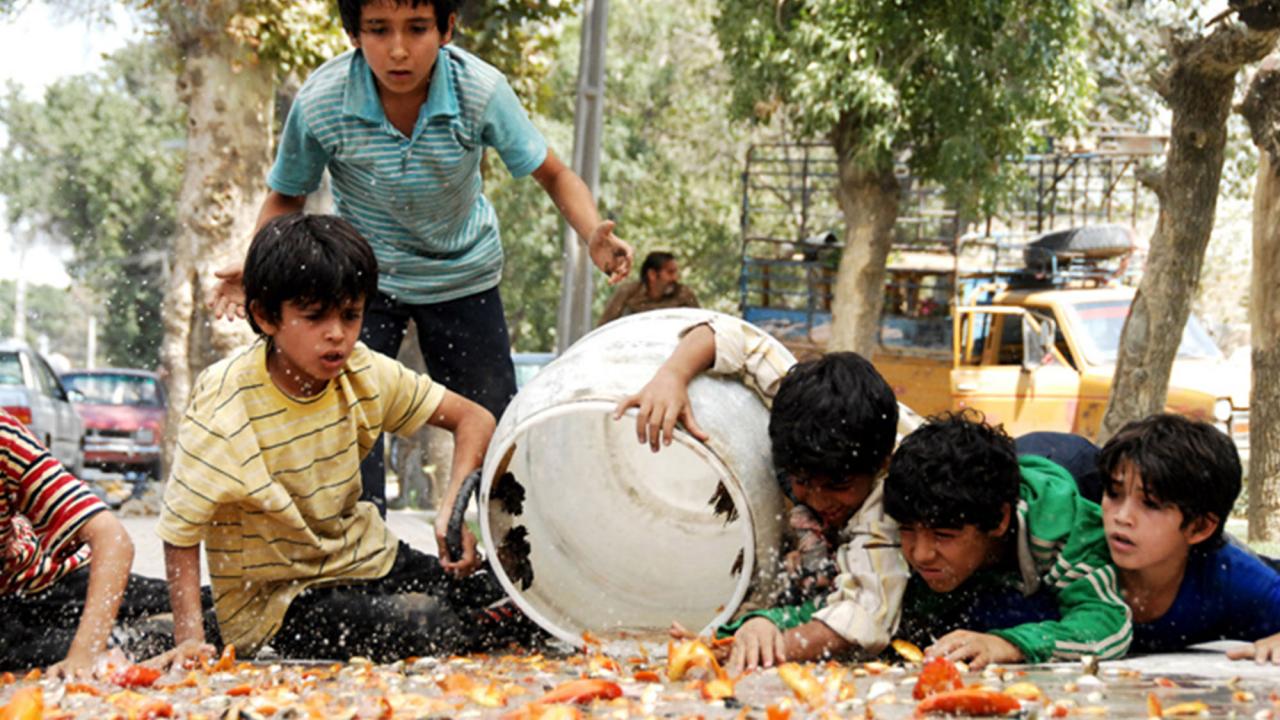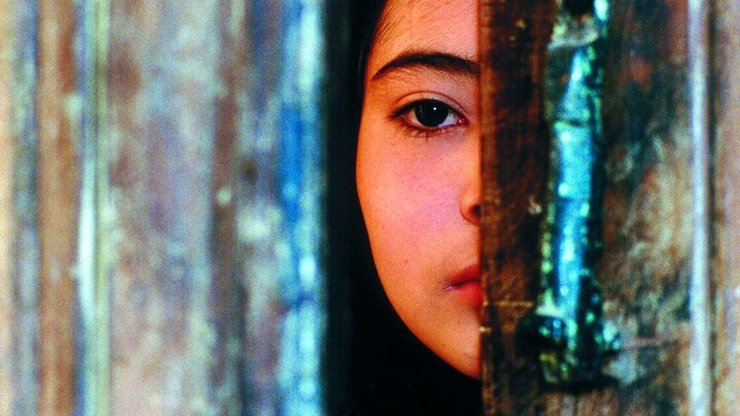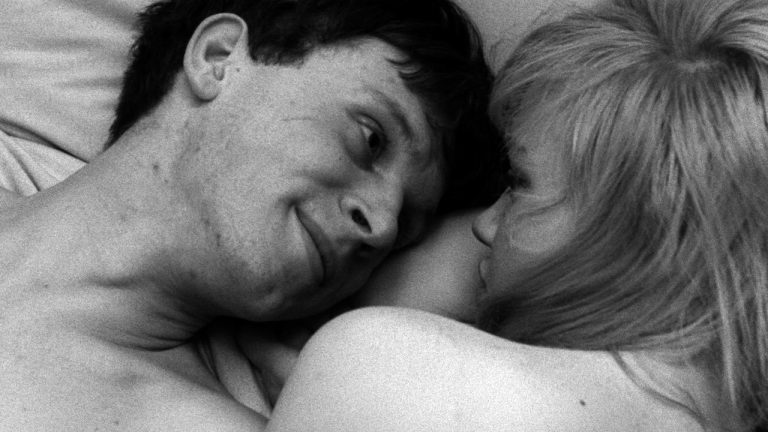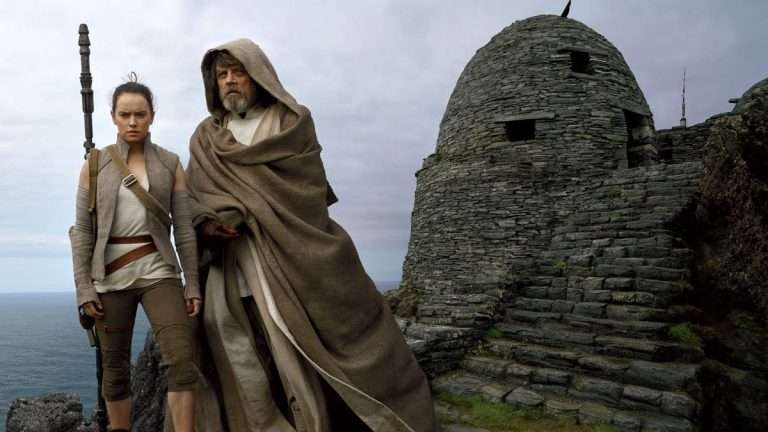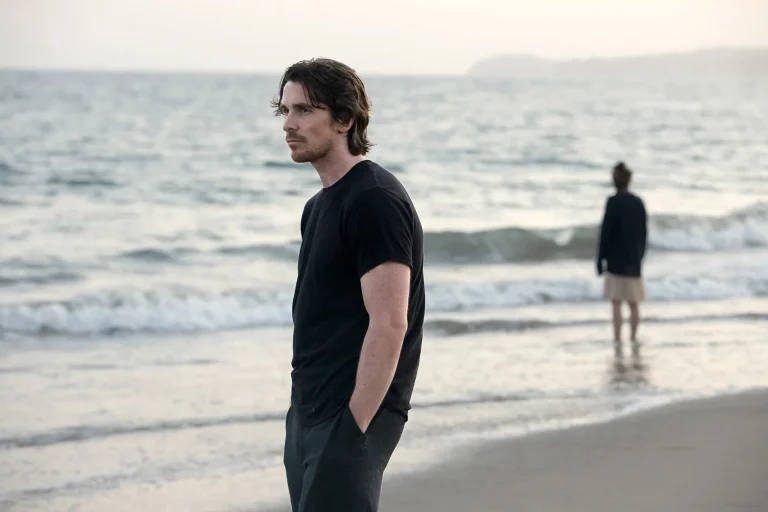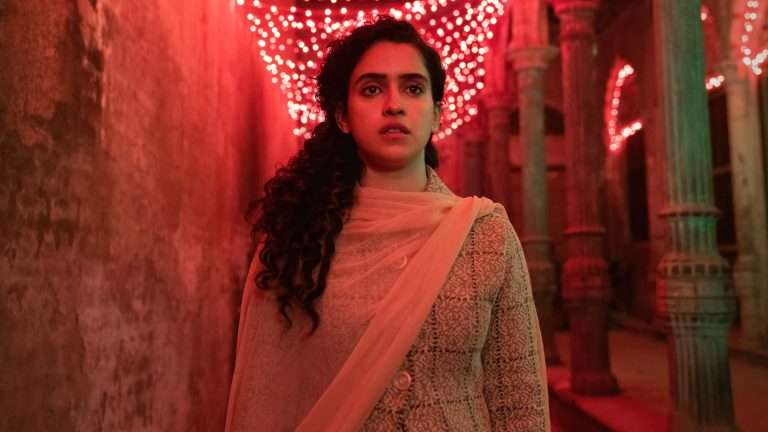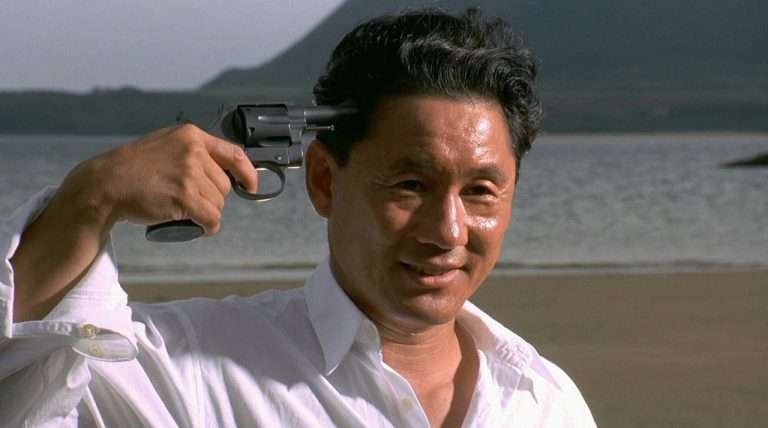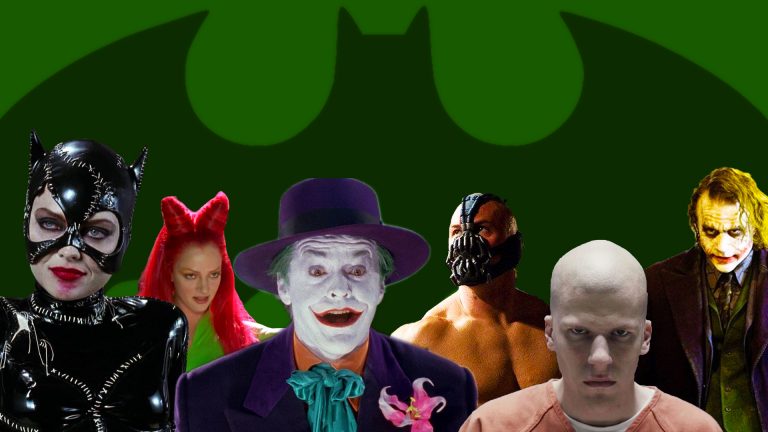The Iranian New Wave movement started in the 1960s with Hajir Darioush’s film Serpent’s Skin. Political movements led to the rise of the New Wave in Iran. Majid Majidi held its fort for the second wave (post-Islamic Revolution in 1979). His hopeful movies are personal and embedded and often steer the world from a child’s unalloyed outlook. Children’s innocence will have an impact on adults, and that’s what he always wants to express.
Majidi juxtaposes contemporary themes with the merging lifestyles in Iran. His films demystify Iranian culture for a global audience. His protagonist has always been from among the people. Majidi’s stories are often about grappling for a dignified existence within the bounds of a volatile political environment. It is implicit that this would invite comparisons with the Italian Neo-Realist movement.
His cinema is shockingly simple. He uses plain processes to summon the most earnest feelings. Despite his worldwide prominence, Majidi’s fabrication has remained humble. And that’s precisely the reason why curating or reviewing any of his work seems pretentious on my part. So, this list is just an ‘attempt’ to celebrate the man’s work that resonates and goes beyond language, culture, and geography. (I haven’t seen his latest work, The Sun (Khōrshīd), so obviously, I won’t be including it in the list.)
Here’s the list of the 10 Best Majid Majidi films:
10. The Father (Pedar, 1996)
With Father (Pedar), Majidi has a finger on the pulse of humanity, agony, and relationships. But his focus on the truth doesn’t waver. Well, it holds true for most of his films. This is Majidi’s second feature film, and one can see the glimpses of themes, style, and approach for which he eventually became globally renowned. Pedar follows Mehrollah, a 14-year-old boy, who is forced to find a job in the city to support his family after his father’s death. Upon his return to his hometown, he realized that his mother had remarried. “Mehrollah, your mom has married a police officer,” announces a character in the film. This one piece of information inverts the boy’s life, and the rest of the film is a chronicle of that. His refusal to accept his stepfather, his anger towards his mother, his frolics to express that anger, and the ensuing acceptance conclude the film.
Mohsen Zolanvar’s, cinematography wrote a distinguished language of the lens. Majidi’s signature long shots are at boastful display here, with effective usage. The film is shot in rural Iran. The location is intimidating and may alienate outsiders like us. However, the isolation ceases there. Universal themes of acceptance, grief, and fatherhood will hold you close. Pedar is also a very patriarchal film, and for the unacquainted, the film might stereotype the man-woman axis in rural Iran. It is the women in the family who are mostly expected to give up their desires and dreams for the family to thrive. And in doing so, these women find their own way to live with dignity. For all appearances, the mother in the film is completely cowed and seems to exist only as a ploy for chauvinism. But once you scratch the surface, you’ll find her making her own decisions and holding up to them. You will want to stay with the characters a lot more than the movie allows.
Related to Majid Majidi Films – The 10 Best Iranian Movies Post Iranian Revolution (1990s)
There are a few aspects of the film you might have difficulty subscribing to, like the Hamletian ferocity with which Mehrollah hates his stepfather without even getting to know him. The film might appear melodramatic in places, too. The Oedipal plot could also turn some viewers hostile. But Pedar reverberates because of the strong emotional anchor Majidi has thrown at us. The film remains singular and sympathetic. It’s an incredibly silent film with nominal dialogues. Yet it might be Majidi’s loudest film because every character exhibits his/her emotions through screaming and shouting. Pedar swells your heart and will shatter you into little pieces of love that you would gather together long after you’ve watched it.
9. Baduk (1992)
Baduk is the genesis of a genius. Majid Majidi debuted as a feature film director with Baduk. He has made documentaries and short films before, but this was his grand exposition. Majidi understands the significance of isolation in childhood, which he later displayed in almost all his films. But Baduk was the beginning of it all. After their father is killed in a cave-in, Jafar and Jamal are kidnapped while walking along the road and sold into slavery. The sister, Jamal, is dolled up and sent off to a Saudi prince for his entertainment. Jafar is forced to smuggle goods over the Pakistan-Iran border as a baduk. Persian term “baduk” refers to people, often children hired against their will, who carry smuggled merchandise from the border on foot. After several failed efforts to contact his sister, Jamal finally manages to flee Iran, thinking that his sister has already left the country. But he eventually discovers that she is still in Iran.
So let me confess: Baduk is my least favorite film on the list. But the alternative was Beyond The Clouds (2017), which, according to me, is the weakest work of Majidi. Though Beyond The Clouds was touted as the “grown-up version of Children of Heaven,” it is Baduk that comes exceedingly closer to its fabric. Both Baduk and Beyond The Clouds are about siblings, both transact with the dark underbelly of respective cities, and the proponents of both the films are lowborn individuals marginalized by society. But the emotional embroilment of Baduk is far more compound than Beyond The Clouds. Thus, it is on the list. Let’s first delve into the prosperities before plunging into the inefficacies. The film opens with one of the most decisive scenes of Majidi’s career. It’s powerful, confident, and tone-triggering. Baduk, is also a very bold and politically audacious film. And the ramifications – Majidi faced intense conflicts with the censor board, which slashed the film. The novice auteur displayed remarkable command over his craft de novo. The film is not tender either. It’s a brutally honest essay on prostitution, child slavery, and the chaotic politics of Iran at the time.
And now, the inefficiencies. The film feels stiff and awkward. The narrative is overwrought, the beats are banal, and the treatment clumsy. Baduk, is an inconsistent film. Majidi’s endeavour to comment on the funereal socialist climate of Iran remains just an ‘attempt’. Though he managed to induce some urgency in the film, his trademark vibrancy is entirely missing. However, it’s a Majid Majidi film, after all. There’s light in the twilight. He fashions the climax that harbours interpretations over definite. The last shot lingers on Jamal’s face, clenched in fear and despondency. The shot might remind you of the haunting epilogue image of Umrao Jaan (1981), which lingers on Rekha’s dejected face. Though conformist, Baduk packs enough punches to stay afloat.
8. Muhammad: The Messenger of God (2015)
Majid Majidi’s Muhammad: The Messenger of God is a ridiculously religious film. The first of a planned trilogy focuses on the prophet’s early life. It is the most expensive Iranian film made to date, boasting a budget of around $40 million. The controversial film has faced protests and bans, and even a fatwa was issued against Majidi and the film’s composer, AR Rahman. Muhammad shares its DNA with Moustapha Akkad’s 1976 film, The Message. In fact, The Message was originally called Muhammad, The Messenger of God, till the imminent release of the film. But five days before its premiere in London, an ominous phone call to the theatre precipitated Akkad to change the title to The Message.
According to Majidi, the film is an attempt to resuscitate Islamic portrayal and bias in the world. The film takes representation plunges. It is not the actual events, but the implication that fortifies them is imperative here. Though he claimed that the facts were not distorted, Majidi maneuvered the aesthetics of cinema to accommodate his vision. He admitted that the film is not a comprehensive narrative of the prophet’s life but some moderate extracts that corroborate his enormity.
Related to Majid Majidi Movies – The Cow [1969] – A Pioneering Masterpiece of Iranian Cinema
Majidi respected the religious belief that prohibits any visual depictions of the prophet’s face. According to him, every Muslim has his own impression and imagined picture of the prophet, and it has to be respected. So, throughout the film, we see Muhammad only from the back or the side, with a beam of light encircling him in each appearance. And he is constantly dressed in white.
Vittorio Storaro was working the camera here. His Oscar-winning work in the transcendent Apocalypse Now (1979) is the bible of cinematography, and his brilliance in Muhammad is a master class again. But despite its dazzling cinematography, the film has an assemblage of deficiencies. The film is basically a disjointed composition of varied stages of the prophet’s life. And this is the most prevalent reason for the audience’s detachment. The film tries to inundate the lack of soul by its technical excess. Though Majidi somehow manages to lodge in some poignant tender drama through this overwrought script, it’s too intermittent and too little.
Surprisingly, what defeats Muhammad is the scarcity of a universal theme. Rather, it lacks a prominent one. It’s a rude shock to Majidi’s fans. If you aren’t completely equipped with Muhammad’s life, the film might lose you, or vice-versa. This deficit resulted in Muhammad being the highest-grossing film of the year and the biggest flop of Iranian cinema simultaneously. But you cannot categorically dismiss Muhammad because there’s a lot to admire here. The true champions of the film are the production designer Miljen Kreka Kljakovic and costume designers Michael O’Connor and Seyed Mohsen Shahebrahimi. These exemplars, along with Majidi, created an intricate, exquisite ancient world that ensnares its hypnotized viewers. Majidi’s Muhammad is a stunning film, but not a great one.
7. God Will Come (1995)
Most of Majid Majidi’s films insist on viewing the world through the innocent eyes of children. There’s always a family, mostly dysfunctional. He converses about the complex human bonding and relationships through a modest, simple storyline. God Will Come (Khoda Miad), skates the aforesaid promenade. It is a 42-min short film Majidi directed right after his feature film, Baduk (1992). In a secluded village in northern Iran lives a family of five, parents with two children and a grandmother. The mother is very ill and has lost hope of recovery. The father has gone to the city to arrange some money for her treatment. The grandmother and other elderly villagers tell the children that only God can help her. The heartening siblings write a letter to God, stamp it, and send it without any address on it. A post office employee finds the letter and tells her colleagues about it. They decide to help by sending an ambulance to the village to save the mother.
Khoda Miad follows a linear narrative sequence. Majidi starts the film with a crisis, and the story unfolds until the crisis is solved. The film’s plot might sound simple and even stupid, but Majidi applies an elementary and real lens language to profoundly capture the essence of humanity. Majidi stages the bright message to keep optimism, no matter what. And to quote him, ‘there’s not much left in life when you remove hope’. The film’s universal themes, such as family love and care, existential struggle, and faith, are the ingemination of the adage—the world is so big yet so small. The film ceaselessly displays humanity’s folk belief and altruism.
Similar to Majid Majidi Films: Son-Mother (2019) Review – A Stark Reflection of Women’s Place in Iranian Society
Like every other Majidi film, the children in Khoda Miad, are not apotheosized either. They have the endearing nonchalance of kids who have yet to identify the distorted realities of the world. It’s a shame that even after my excruciating search, I couldn’t find the kids’ names playing the siblings in the movie. The boy, especially, owns visual empathy, a term coined by Christopher Nolan. The rest of the acting, at times, feels gauche. But the competence of Majidi never allows it to sour the bittersweet tale.
The film is encumbered with running shots of the kids, which later became Majidi’s trademark. It also has an abundance of long, wide-frame shots throughout, something that the Iranian auteur would pioneer in his eventual career. Khoda Miad, is not impeccable, in fact, far from it. But flashes of Majidi’s luminosity are at glaring exhibit here. He once said that he matures with every film, and he wasn’t lying. Khoda Miad is proof of it. It’s colossal progress from the preceding Akhareen Abadi (The Last Village) and immensely inferior to its successor, Bacheha-ye Aseman (Children of Heaven). Majidi was gradually unleashing the magic of Majid with Khoda Miad (God Will Come).
6. The Willow Tree (2005)
Religion and faith are mainly dormant themes in Majidi’s films, and metaphorical images launch them into soaring heights. Every aforementioned element is in abundance in Bid-e Majnoon (The Willow Tree). Majidi’s fascination with Sufi mysticism is also profusely displayed here. The film orbits around Youssef, a man blinded in a fireworks accident as a child. In his middle age, he regains his vision after an operation but, in the process, loses his spiritual and moral strength.
Bid-e Majnoon is Majidi’s most philosophical film, a surfeit of allegorical manifestation. And one will be emotionally overwhelmed as the movie proceeds. It is a powerful film with several symbolic implications. Entrenched with immense faith, Youssef writes his plea to God, in braille, for a second chance at life. And when he eventually gets it, he struggles to perceive its meaning. He becomes so gripped with the form that he is unable to assemble his own narratives. This is a very solicitous film that might be washing its hands with a residue of Alejandro González Iñárritu’s spectacular 21 Grams (2003). Both films indulge the characters with a rare, hopeful second contingency in life. In both films, the characters freeze in their tracks and lose their moral clasp.
Related to Majid Majidi Movies – A Matter of Life and Death [1946] Review: A Timeless Treasure of British Cinema
Parviz Parastui’s wide-ranging performance as Youssef doesn’t crush a wrong toe, even for a minute. Parviz assimilates Youssef’s bewilderment with his newly acquired visual sense. A sighted Youssef is not exactly an amiable guy, and neither Parviz nor Majidi ever attempt to produce sympathy for him. In fact, Youssef’s wayward ways to make sense of his newly animated world are both reasonable and quixotic.
Majidi’s singularity balances lyrical execution with a profound parable. And Bid-e Majnoon is the fluent syntax of it. Some might accuse the film of being overtly metaphorical and veering much toward the lachrymose. In fact, the music is also often melancholy. Though, in retrospect; this approach is what makes the film more accessible and less ambiguous. But what bothers me the most is the script’s embellishment of Youssef’s character’s inexorable self-pity and victimization. He perpetually plays the victim card, whether blinded or sighted. It requires extra (and somewhat forced) efforts to resonate with his journey.
The film’s intensely spiritual conclusion forces viewers to adjust their perspective and acknowledge the interminable pursuit of life. It’s probably the only Majidi film that returns to darkness in the end. Youssef is still suffering. Bid-e Majnoon (The Willow Tree) might not echo the epiphany of a promise that you come looking for in a Majid Majidi film, but it still strongly endorses his supremacy.
5. Barefoot to Herat (2003)
Over the years, we have all experienced Majid Majidi’s steep prowess through his various feature films. Few we absolutely loved, and many we loved even more. But he has been making short and feature documentaries since the beginning of his career. The world has never really recognized them with the acumen it should have. Pa Berahneh ta Heart (Barefoot to Herat), is a disturbing journey of Afghan refugees, escaping the war-torn city of Herat and others around. They are forced to take refuge in impotent camps. The documentary chronicles the turmoil of families who are rendered utterly desolated and displaced, facing hunger and death in the piercing weather. The repercussions of the catastrophe are reminiscing of the aftermath of the India-Pakistan partition.
The first time Majidi crossed the Iranian border, he was detained by Taliban militia and questioned for hours. Most of the footage he shot was destroyed. Undeterred, Majidi crossed the border two more times and traversed through two Afghan camps. Refugees far surmount tents in the camps, and people have to adjust in muddy holes dug in the ground. Viewers are confronted with the emotionally overwhelming deprivation of the refugees and how the refuge has become a way of life.
Similar to Majid Majidi Movies – For Sama [2019] – A Perturbing and Poignant Account of a Cataclysmic Conflict
Pa Berahneh ta Herat gets its title from a little boy who started out a two-hour walk barefooted. He is trying to reach Herat, the nearest city, to find some food for his siblings. Halfway through, his freezing feet, however, force the fatigued boy to surrender. Despite the apparent adversity, Majidi unearths the film’s courage in efforts by the refugees to live a normal life. Though at the surface, the documentary lambastes the foreign (read American) arbitration in Afghanistan it fundamentally plunges into the stabbing wounds in humanity. Majidi discussed at one film festival that his crew was not welcomed by the petrified people, roving through the desert in search of food and shelter. However, a few agreed to talk to them. He consciously abstains from taking a journalistic or folklore approach for the documentary. So, all the events and situations are visual and expressed by the Afghans themselves, with minimal peripheral intrusions.
Pa Berahneh ta Herat flounders when it loses focus. At times, the film strays from its motif, thus stranding the viewers. You might also question Majidi’s decision to emphasize children. It feels melodramatic and exploitative. But again, only children possess the attributes of unyielding hope amidst hardship. Consistently, Majidi weaves reality with lyricism. Each event, dark or buoyant, is captured in beautiful, vibrant images—something you don’t get to see often in a documentary. Pa Berahneh ta Heart (Barefoot to Herat) exults in the magnificence of humanity with vividness. It is one of Majidi’s most alarming and essential films.
4. Children of Heaven (1997)
Majidi, never told his dad about his acting stint (yeah, he started off as an actor), and always lied to him, fearing his disapproval. He felt the weight of remorse when his father suddenly passed away, believing in his lies. He dedicated Bacheha-ye Aseman, globally known as Children of Heaven, to all fathers. The film narrates the story of two children and a pair of shoes. Ali loses his sister’s repaired shoes when he passes through the market. The siblings come to an agreement that they’d share Ali’s one pair of shoes, thus causing many troubles in their lives. The movie is of era-defining significance to the Iranian film industry, instantly transporting Iranian cinema onto the world map. Bacheha-ye Aseman is the first Iranian film to be nominated for the Academy Award for Best Foreign Language Film in 1998, but it lost out to the Italian film Life Is Beautiful by Roberto Benigni.
Bacheha-ye Aseman is also the first globally acclaimed film from Majidi, though he has been hinting at his brilliance for years before. The style of the film is very simple and fluid, and Parviz Malekzaade’s camera mutely confines the moments without intruding. Majidi used hidden cameras to capture the presence of real life. There are some loose ends, but they just magnify the realistic performances. The cameras were also hidden from the key actors, again adding to that innate feeling. This technique made the production even thornier. But the results are tremendously gratifying, with delightfully untainted performances by the cast.
Related Majid Majidi Films – 10 Uplifting World Cinema Movies for the Family
Amir Farrokh Hashemian, as the brother Ali, and Bahare Seddiqi, as the sister Zahra, carry the film on their delicate, shrinking, innocent shoulders. They’re so affable and unaware of the implications of starring in a history-making film that you instantly want to hug them. You own their emotions and apprehensions. You start to live their lives regardless of your geo-socio-economic demographic. Bacheha-ye Aseman opens with one of the most incisive shots in cinema, labyrinthine yet lucid. There are extreme close-ups of aged and dirty hands working. These close-ups renovate the ordinary into the extraordinary. What we see is the rendition of routine, unvarying events, which viscerally mutate into tender moments. This metamorphism dignifies the worker.
If you’re a consumer of Iranian cinema, you’d instantly connect the multiple running scenes of the film with Majidi’s contemporary Abbas Kiarostami’s powerful and criminally under-appreciated Khane-ye Dust Kojast (Where Is The Friend’s Home), released in 1987. The sincerity of this film is highly infectious and impossible to elude. Bacheha-ye Aseman (Children of Heaven) is Majidi’s most popular film and an instant classic.
3. The Color of Paradise (1999)
Within the first 10 minutes, Rang-e Khoda (The Color of Paradise) will tear you up. The swiftness, with which the film involves you, is unprecedented. Personally, I’ve never experienced such a quick investment in any other cinematic environment. The film carries a very unconceited approach and reveals astonishing amounts of information with no elucidation. Rang-e Khoda orbits around an 8-year-old blind boy, Mohammad, who does not let his malady avert him from confronting the world. He thrives on knowledge and proficiency. Au contraire, his widowed father doesn’t accede to Mohammad’s sanguinity. He is a bitter man who resents his reality. His son’s blindness is a shame and a liability to him. What unfolds hereon is a wrenching account of hope, faith, and humanity.
The perilous relationship between man and nature has been stunningly explored in Rang-e Khoda. Majidi, navigates through that liaison with the seduction of nature’s enigma, and its inherent destructive power. And Mohammad Davudi’s camerawork, keep abreast with Majidi’s vision. The intended world was shot automatically rather than with human interference. We see a tangible and inward world through Mohammad’s blind eyes. The soundtrack of the film is profoundly consequential because we hear what Mohammad hears. In fact, viewers are also exposed to the splendor that he is unable to witness through the soundtrack. Alireza Kohandairy’s music transcends Majidi’s hopes to a completely submerged escapade.
Similar to Majid Majidi Movies – 25 Feel-Good Movies and where to Watch them
The idea of Rang-e Khoda gripped Majidi while he was casting for Bacheha-ye Aseman (Children of Heaven). He visited a school for the blind and was astounded to see these children playing football with zest and ecstasy. There was nothing absent in their spirit. After finishing Bacheha-ye Aseman, he revisited the school where a teacher told him about a man who tried to abandon his blind child. Majidi fictionalized the story and enriched the entire fabric of world cinema with Rang-e Khoda. Majidi chose Mohsen Ramezani, a non-actor who was born completely blind, to play Mohammad. Mohsen had grown up in the desert and was completely alien to the idea of sea birds or even trees. Watch (or re-watch) the film, and this irony will make bleeding cuts to your sensibilities. The flowers, lush greenery, and trees give hope to Mohammad in the film.
Ramezani’s sympathetic performance will haunt you forever. In one of the film’s most monumental scenes, Mohammad delivers a heartbreaking monologue about having been born blind and deserted by his own father. Ramezani’s performance will literally shred your heart into pieces, I promise. To induce that level of performance from a child, Majidi knocked into his innocence. One day, while waiting for his brother in Majidi’s office, Ramezani told him that people get tired of him after a few days and that they’re only with him out of pity. He continued, “If I see God one day, I’m going to ask him, ‘Why did you create me in this form?’”. Shaken by his innocent yet piercing sense of loss, Majidi asked him to recreate that soliloquy for the camera. The then-Iranian President, Mohammad Khatami, was so rustled by Ramezani’s performance that he invited him and Majidi for a meeting and gave the boy a house in Tehran. Rang-e Khoda (The Color of Paradise) is an intense experience that will tap into your vulnerability. Majid Majidi declared it his most complete film.
2. The Song of Sparrows (2008)
Like Rang-e Khoda (The Colour of Paradise), Majidi also investigates nature’s bond with humans in Avaze Gonjeshk-ha (The Song of Sparrows). While the former finds abundance in nature, the latter scrutinizes the paucity of it. This banter with nature has been one of the most numerous themes in Iranian cinema. Iran has lived through a revolution and a war, and, as the New York Times shrewdly observed, perhaps filmmakers are trying to reclaim the land visually.
Once again, like Rang-e Khoda (The Colour of Paradise), Âvâz-e Gonjeshk-hâ also begins with a crisis. Karim works at an ostrich farm outside of Tehran. His simple, almost unexciting life gets disrupted when one of the ostriches runs away. He is blamed for the loss and is fired from the farm. It’s a double whammy for Karim, as his elder daughter’s hearing aid stops working too. He travels to the city to get it repaired but finds himself mistaken for a motorcycle taxi driver. Thus, he ‘accidentally’ instigates his new profession. He starts ferrying people and goods. But this new vocation starts to have an adverse impact on Karim’s integrity. He loses his soul on those heavy traffic roads. Would he be able to repossess his spirit after a season of hell? Majidi’s regular, Reza Naji is playing Karim. Every time you watch his performance, you’ll be exposed to a unique nuance that you might have missed the last time. Karim’s spirit must have possessed Reza because it’s a preposterously radiant performance that cannot be achieved without divine intervention! He won the Silver Bear for Best Actor at the Berlin International Film Festival.
Related to Majid Majidi Movies – 25 Most Memorable Movie Fathers of The 21st Century
At the outset, Âvâz-e Gonjeshk-hâ might reflect the neo-realism of Vittorio De Sica’s The Bicycle Thief (1948). But Majidi takes it far and beyond. Along with cinematographer Turaj Mansuri, Majidi confines the rawness of rural Iran in its entire splendor. Watch out for the scene where Karim is carrying a blue door on his back. The image is spectacular and daunting, concurrently. Majidi and Turaj dispense that image of glistening beauty consorting with tragedy, which operates on folk cohesion and leaves lots to interpretation.
There’s another shot which disguises as a beautiful, twinkling sky, only to reveal itself as a dark, thick fabric with beads and sequences, when hands enter the frame to remove the stars. It’s almost paradoxical that such opulent frames are used to demonstrate the exiguity of a life. Just like all his films, Majidi manifests poverty in Âvâz-e Gonjeshk-hâ, but not to exploit. The film is as much about hardship as it is about hope. It’s somber but not sad. Keeping the idiosyncrasies of Majidi, the film is stringent on dialogues. Characters speak only if it’s inescapable. According to the whiz, people from all walks of life watch his films and everyone needs to recognize the emotions. Hence, he prefers to communicate through visual language over the spoken one. Though marred by a lesser persuasive cessation, Âvâz-e Gonjeshk-hâ / The Song of Sparrows has the most replay value from Majidi’s resume.
1. Baran (2001)
Out of all his heart-warming and devastatingly relevant films, Majidi’s Baran (Rain) echoed the most with me. The film came into existence in my life when a friend of mine handed over a DVD of the film more than a decade ago. Little did she know that, unknowingly, she was slightly altering my core. Things shifted for me with this film. I can’t put a finger on exactly what, but perhaps it injected a bit more compassion into me. And for that, I’ll ever be so grateful to her and to Majid Majidi.
Baran is a magnum opus of thwarted love. In a building site in Tehran, Lateef, a 17-year-old worker of Turkish descent, is irresistibly drawn to Rahmat, a young Afghan worker with a secret. When the truth is revealed, Lateef’s life is torn between safety and love. Rahmat, is actually a girl named Baran, masquerading as a boy. They never speak to each other. Their silent love is beyond physical. The central character of the film, Baran, is aphonic throughout; she doesn’t speak a single word.
For many years following the 1979 Iranian Revolution, women’s and love-related films were banned in Iran. But the Third Republic is far more tolerant and emancipated. Filmmakers are given further freedom to construct the type of narration they want. Baran is the exact example of that. Latif mutely observes Baran. She is combing her hair by the window, and he sees her silhouette. Such a naive representation of women and/or love could have been considered immoral in Iran just a few years back.
Related to Majid Majidi Movies – The Swallows Of Kabul [2019]: Cannes Review
The story behind the casting of the film should be made into a film itself! Hossein Abedini is Latif. Majidi previously worked with him in Pedar. Abedini is not a professional actor. He was 12 years old, selling fruits in a market when Majidi hired him for Pedar. Years later, he was still in the fruit market and didn’t join the school, even after the encouragement from Majidi. This time, Abedini was chosen for Baran because he was ethnically Turkish, à la his character Latif. To get the accent right, he spent time with Turkish workers for three months. Abedini won the Best Actor award for the film, which offended many professional actors. They felt mocked.
The casting of Baran was even more dramatic. Majidi wanted a very strong girl but with an affectionate look in her eyes. After a month-and-a-half of failed attempts at searching in every Afghani-populated school in Tehran, he decided to try his luck at two Afghan camps in the desert. With the help of the camp director, Majidi called for all girls between 13-16 years. He saw a huge crowd of about 500 girls passing by. And through the herd, he got just a glance of a girl wearing a black-and-white veil before she melted away into the swarm. And that’s it. Majidi found his Baran. The girl was Zahra Bahrami, who was fully aware of his work, even of his short-lived acting career. Baran was a cultural phenomenon among the Afghans living in Iran. People glued the picture of Zahra as Baran onto the walls of their houses. They felt acknowledged and took pride in the film. In the same year, after the 9/11 events in New York, Baran (Rain) attained a special significance. For me, this is the most realized Majid Majidi film as yet.


